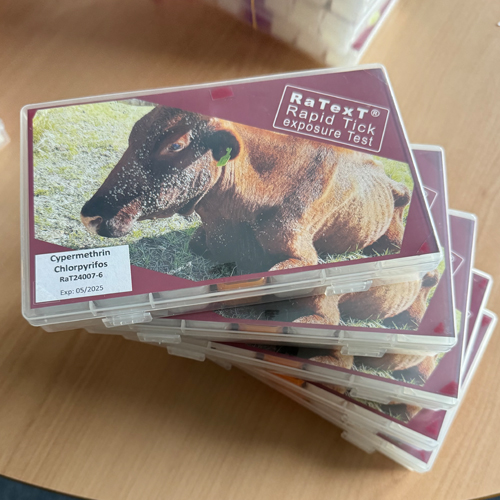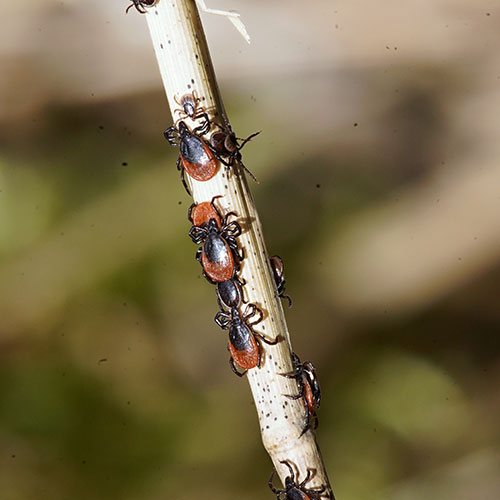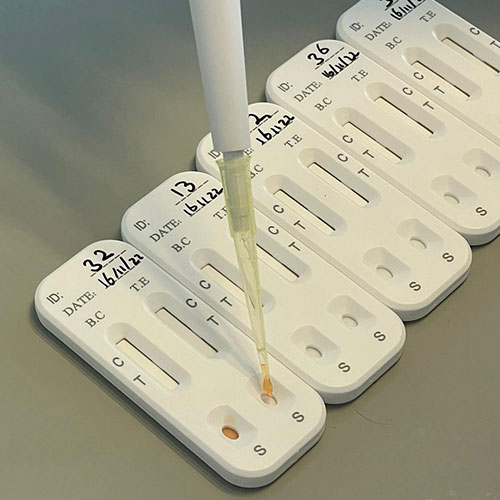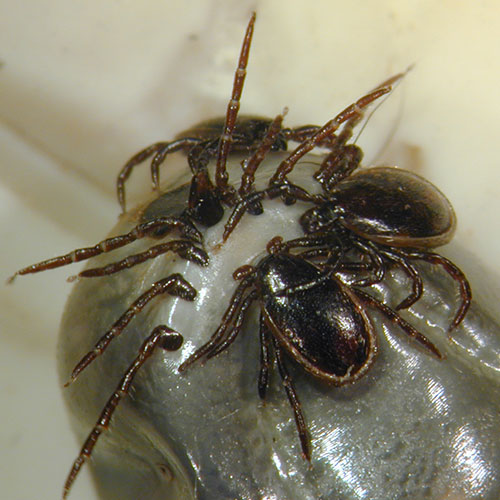Innovative tick projects
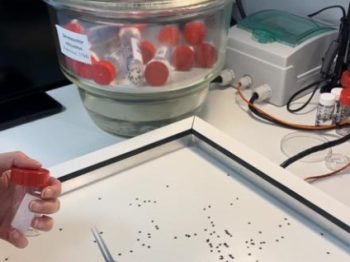
Brown dog ticks are vectors of a range of bacterial and protozoan pathogens adversely affecting dogs’ health in many (sub) tropical parts of the world. With all stages feeding on dogs, the three-host life cycle of Rhipicephalus sanguineus (Latreille, 1806) can lead to an uncontrolled build-up of large tick populations. Frequent tick control on dogs using acaricides has led to the emergence of resistance to permethrin and fipronil.
The lab tick colony of Rhipicephalus sanguineus originates from dogs at a shelter in the North-eastern part of Greece. The colony is specific-pathogen free (Babesia vogeli and Ehrlichia canis). It is important as an acaricide-susceptible reference strain for RaTexT and RIT and for developing innovative in vitro tick feeding methods.

The ornate dog tick, Dermacentor reticulatus (Fabricius, 1794), discovered twenty years ago in the Netherlands, is maintained in a lab colony, creating a broad range of innovative applications. Engorged female Dermacentor reticulatus ticks were collected from cattle at a farm in the southwest of the Netherlands. The current laboratory generation has been confirmed free of Babesia canis and Babesia caballi and other veterinary pathogens and is susceptible to acaricides.
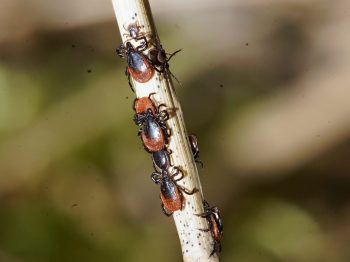
TBD-I provides services as part of innovative projects that require field-collected ticks at particular hot spots; this mainly concerns Ixodes ricinus, the sheep tick widely distributed throughout northwestern Europe.

